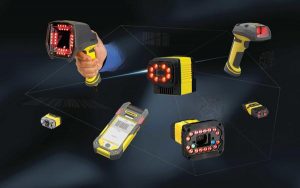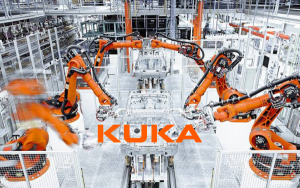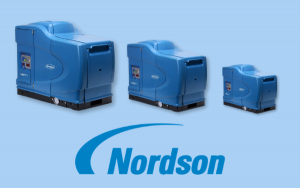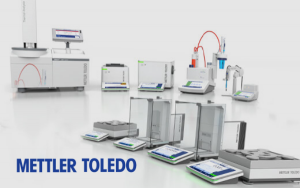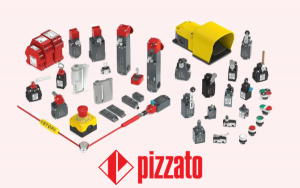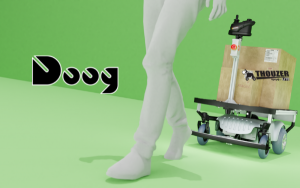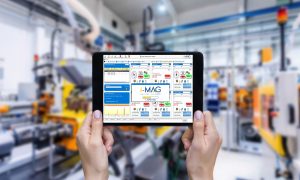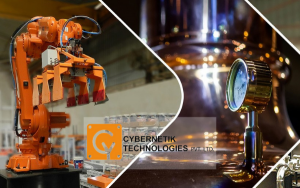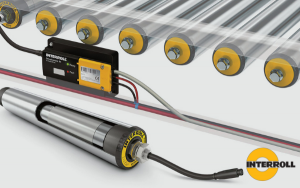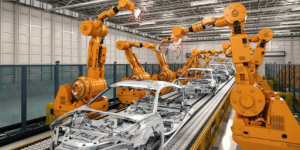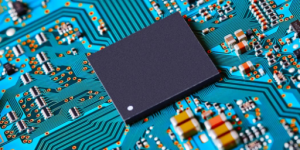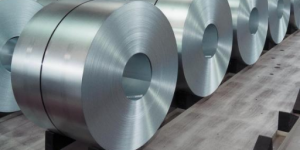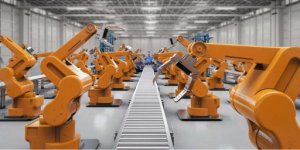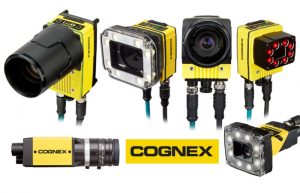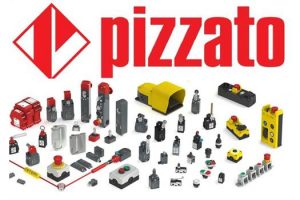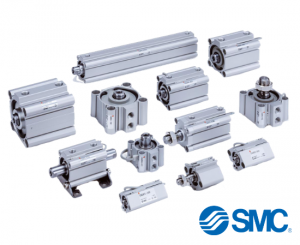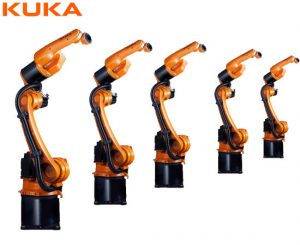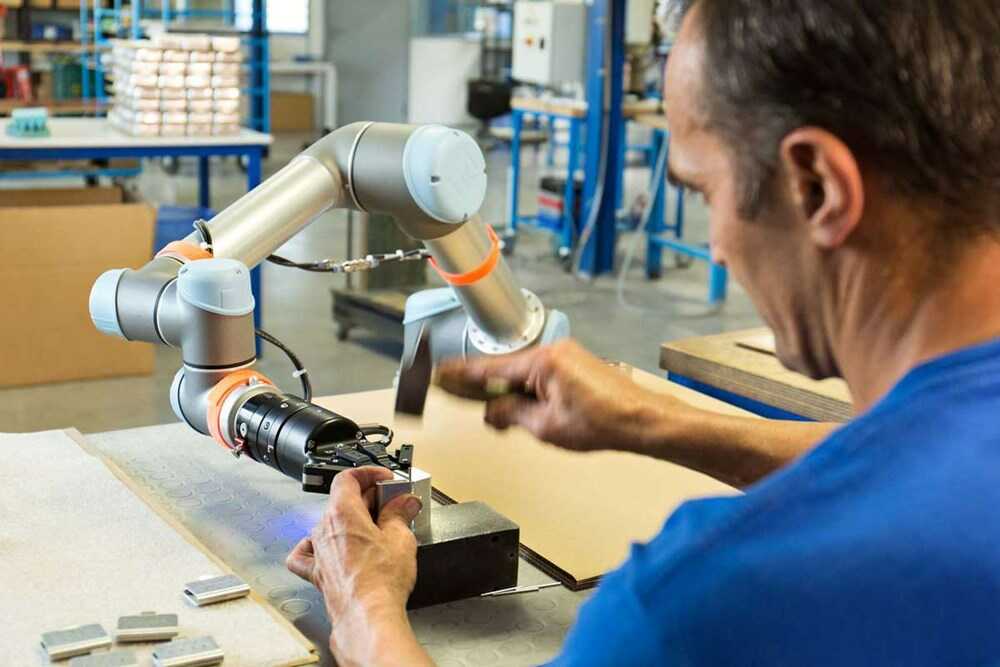
Collaborative robotics (COBOT) is a new form of robotic technology that is bridging the gap between fully manual assembly lines and fully automated production lines. This has become a huge competitive advantage for small and medium-sized specialized medical device manufacturers as well as helping larger OEMs, whose processes cannot be automated so efficiently. Former costs fill the automation gap. In this blog post, learn the difference between robotic arms and traditional industrial robots and see how three different medical manufacturers increase output, improve quality, and reduce costs with collaborative robots. .
When small and medium-sized medical device manufacturers envision a robot, many immediately think of a giant industrial robot working in fenced areas in large factories or Modern cyber robots mimic human behavior. However, the emerging reality between these two scenarios is that a type of robot known as a collaborative robot – or simply a cobot – is gradually bridging the gap between the purely manual assembly line and the production line. Fully automatic output. This new robotic technology is filling the automation gap for large manufacturers whose processes could not be cost-effectively automated before and is offering the advantages of automation. within reach for small, dedicated manufacturers.
As a rule of thumb, the cost of a robot should be the same as a worker’s two-year salary, but a cobot is almost a quarter of that price. Capital costs for traditional industrial robots account for only 25 to 30% of total system costs. The remaining costs are related to programming the robot, setting up and building dedicated, shielded work cells – these costs are not usually necessary for cobots. With a reasonable upfront cost for a cobot, small and mid-sized manufacturers typically get their capital back in less than a year, sometimes even faster.
DYNAMIC GROUP INCREASE MEDICAL DEVICE PRODUCTION CAPACITY 4 TIMES
Dynamic Group is a privately owned, Minnesota-based contract manufacturer that manufactures complex plastic injection molds and components for the medical and electronics industries. With the challenge related to labor shortage and high wages, the company turned to automation to improve its competitiveness. The robotic hand takes care of the complete injection molding cycle for a medical device with extremely heat-sensitive components: the robot picks and places the “book frame” that holds the pieces to be molded into the injection molding machine, transports the units position to a pruner, place the components in front of the operator for further processing, and finally press a button to reactivate the cycle.
CEO Joe McGillivray said: “We had a hard time creating the perfect part with manual labor, not to mention the fact that every different shift would have a machine care cycle. difference. We went from having three operators per shift to operating three shifts with just one employee. We’ve essentially quadrupled our production capacity and our scrap has dropped dramatically to near zero.”
Dynamic Group has deployed two additional cobots to transport sensitive components to pump port removal and human inspection, as well as assist with assembly application by selecting and placing sterile wipes and solvents. saline solution into the clamshell container and push the loaded container onto the conveyor belt – a task that previously required six to seven workers. “This work is fast paced and very high volume. It is not sustainable. Now we can run this business with just two people,” said McGillivray. and completely unexpected. Our return on investment was recouped in less than two months and we were able to go even further because the robot can adapt to other products quickly.”

TEGRA MEDICAL DOUBLE OUTPUT WITHOUT PERFORMANCE CHANGE ASSESSMENT
Massachusetts-based contract medical device manufacturer Tegra Medical manufactures components and assemblies for leading surgical and interventional companies. The company faced profit erosion due to increased costs and customer demand, and turned to cobots to take care of its medical equipment manufacturing machines. Tegra Medical can double throughput and free up 11 full-time workers from repetitive manual work to other, higher-value jobs. The automatic robot is deployed in a unique production cell in a mixed model, whereby it takes the workpiece from three different hoppers, feeds them into two grinders while the third product enters the lathe, where an internal cutting tool creates a beveled edge at the tip of a disc repair surgery device.
Director of Engineering Hal Blenkhorn explains, “As a healthcare professional, we struggle with process change controls. We cannot change our process without notifying the customer and performing due diligence. Just replace the operator with a robot, we don’t change the process basically. We’re just changing the way components are handled in between processes. It was a big win for us. We can offer our customers reduced prices with that change, we can keep up with production needs and we don’t burden anyone with the addition of qualifications or appraisal activities.”
Blenkhorn calls his three cobot cells a huge financial success, he says: “We get an average ROI of three to six months with these cells. Normally, when we are involved in projects, we anticipate a return on investment in about a year and a half to two years, so we are extremely pleased with the implementation of these new collaborative robots. “.
FAMILY ORGANIZED DENTAL EQUIPMENT MANUFACTURER NICHROMINOX RECEIVES 10 PER % GROWTH IN PRODUCTION
Nichrominox, a family company in Lyon, France, has been manufacturing sterilizing equipment for dentists for the past 40 years and faces increasingly stiff competition from countries with low labor costs. The company sought to automate the sheet metal bending application with traditional industrial robots but soon realized that it did not have the necessary in-house resources to do this and the project costs were too high.
Nichrominox now uses four cobots on three separate production lines to automate a bending cell, feed CNC machines, and assemble products with one operator. A robotic arm performs punching on a press, then rotates parts on an automatic machine table and performs bending on a second press. The second robotic arm is fully integrated with the CNC machining center, saving time, improving work quality and reducing the risk of repetitive stress injuries. In the third line, an assembly station is run by an employee and a cobot works in tandem in full collaboration without any safeguards. The operator activates the cobot by applying pressure (via the force sensor built into the gripper), making the robot easy to manage.
The cobots were programmed by an in-house employee, Cédric Lefrancq-Lumiere said “I don’t have any programming knowledge but after just two days of training I was able to understand and program the robot. Currently, I only need an hour or two to program a new task and I am constantly improving the program for better quality and accuracy.” Nichrominox achieved ROI on robotics within 14 months and plans to continue transforming its production line with additional cobots.
AUTOMATIC gap-filling COBOTS FOR MEDICAL MANUFACTURERS
Cobot is a new form of robotic technology that is gradually bridging the gap between fully manual assembly lines and fully automated production lines. This has become a huge competitive advantage for small and medium sized specialized medical device manufacturers. Their key benefits include flexible deployment, secure co-operation with workers, easy programming and deployment, and a quick return on investment.
Vu Le Technology Company Limited – specializes in industrial automation equipment, factory automation solutions and robotics.
Address: 27 Xuan Quynh, Gia Hoa Residential Area, Phuoc Long B Ward, City. Thu Duc, HCMC
Hotline: (028) 3620 8179 / 3620 8176 / 3620 8177
Fax: (028) 3620 8178
Mail: info@vuletech.com
—————
Follow VULETECH at:
► Website: https://vuletech.com/
► LinkedIn: https://lnkd.in/e6rbG6e
► Youtube: https://www.youtube.com/channel/UCmHCn0T-oSbizOiWdYbRWzw





